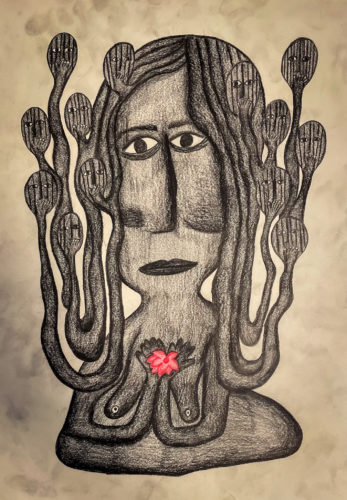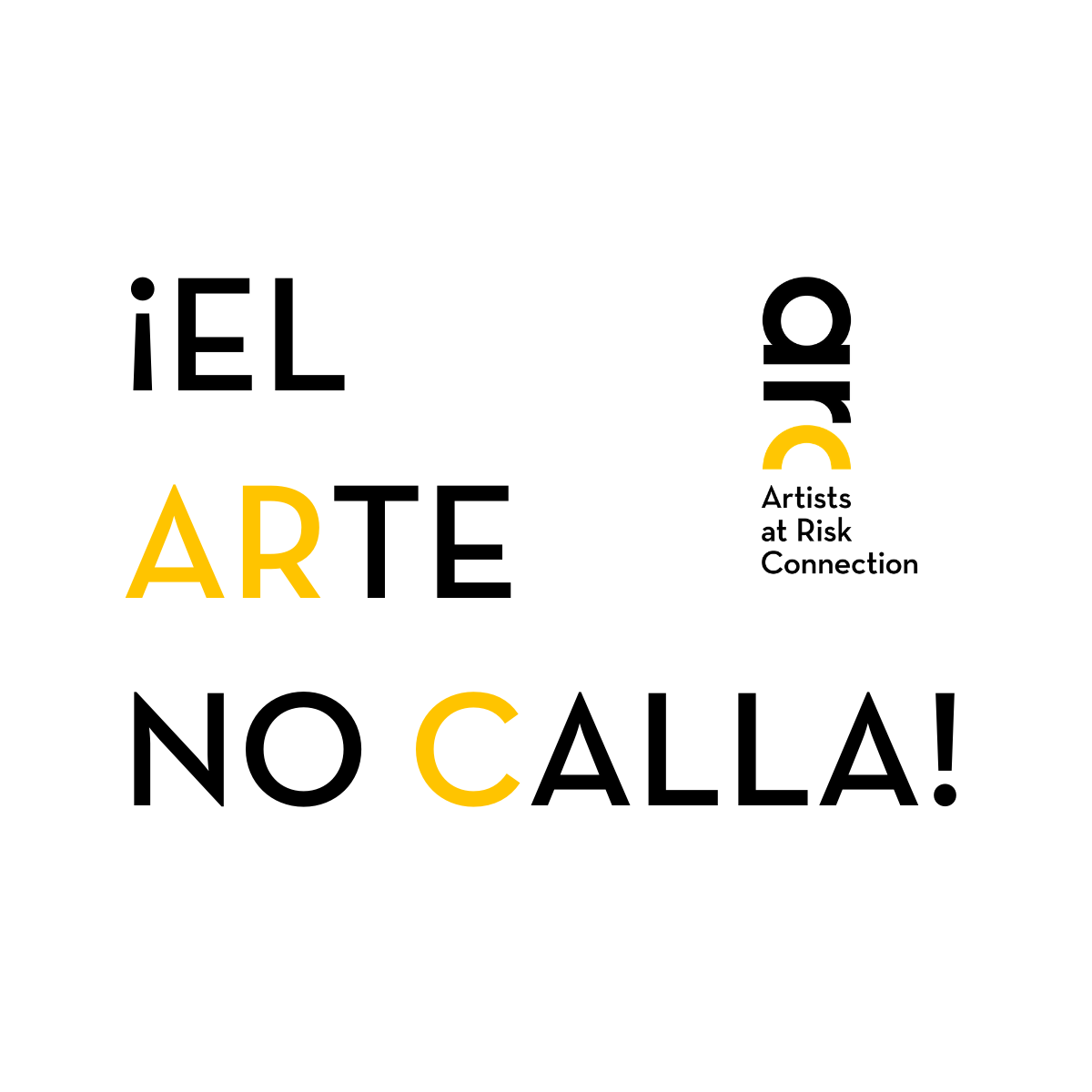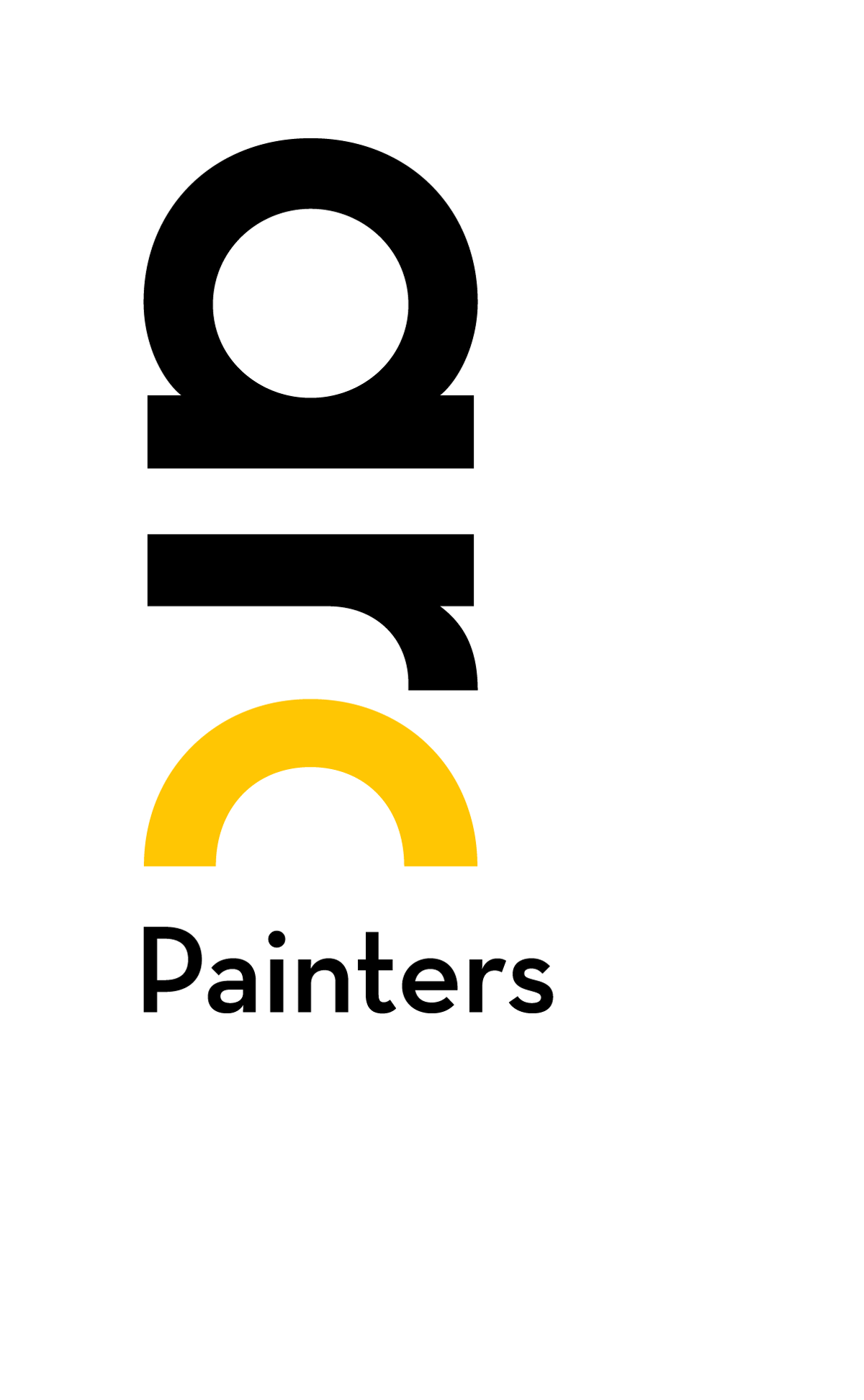Samaneh Atef
Painter
Iran

For as long as she can remember, Samaneh Atef ’s life has been shaped by the sweeping restrictions that Iranian women experience every day under the oppressive rule of the Islamic Republic of Iran and the traditions of Iranian society.
These injustices drove her to become an artist and activist who shines a light on the lives of Iranian women. “I think every Iranian woman should be an activist from the moment she begins to know herself,” Samaneh says. “Because she has to fight for her most basic rights. Since my adolescence, I wanted to learn music, but my family was against it. I wanted to study art, but they said it was not good for women. I wanted to take acting classes, but they said it was not an environment for women.”
Because her parents dissuaded her from being an artist, Samaneh instead studied computer science in college. But when a professor who was a graphic designer saw a spark of talent in her, she became involved in the art world for the first time. It was a life-altering moment. “The beginning of my real life was when I started to do art,” she says. “To be alive for me is equivalent to being an artist, because I owe my existence to the art world. Art saved me. It is the only way to save us from everyday life and bring us back to the truth.”
Through her painting, Samaneh focuses on women—their lives, their experiences, their strength and their power. She mainly works in ink and markers on paint and canvas. “To fulfill my mission and my objectives, I want to be the voice of the women of my country, narrator of their histories,” she says. “I paint the true lives of Iranian women. I tell about my life and the lives of millions of women like me. I express the facts and the unjust situation of Iranian women. I am an ordinary woman who fights every day for the most fundamental, simple, and basic rights. My truth is to be able to be myself, and that is my daily effort and that of all Iranian women.”

2022. Pen on paper. 42X30 cm.

2022 Pen on canvas, 50x70 cm
Samaneh says that she does not seek to be political in her work, but her work reflects the fact that daily life in Iran is political for all Iranians. “Artists define themselves according to the societies in which they live,” she says. “As an Iranian artist, I cannot be indifferent to the events happening in my society. I have to act. I do my work as an artist and as a normal human. If someone defines that as political, that’s not my problem.”
As an artist, Samaneh believes that her role is to raise awareness and help women find—and express—truths that they are unable to find for themselves. “An artist is someone who sees the world from their unique window,” she says. “The artist paints the hidden truth of life and expresses the very essence of the moments that humans are unable to express. In fact, the role of the artist is to always speak the truth. History is written with art. We need art so that people can become aware.”
“Artists define themselves according to the societies in which they live. As an Iranian artist, I cannot be indifferent to the events happening in my society. I have to act.”
In 2020, after experiencing censorship and persecution, Samaneh and her husband were forced to go into exile, and they now live in France. Despite currently living in a country where the right to free expression is protected, she says that she has struggled to abandon a deeply ingrained mindset of the need to self-censor. “One of the reasons that led to my departure was to escape the censorship of my work,” she recalls. “But the worst part of this story is that after fear and censorship, and even after having left the country, you still do not feel safe and you still risk censorship in your drawings, in your paintings—which is very bad for the work of an artist. I left my country and even now, I do not know why, I’m scared.”
Samaneh has also struggled with the feeling of being distant from her home and removed from the daily struggle of Iranian women. Many Iranians have limited access to the internet, so she is often unable to communicate with her family and friends back home and make sure that they are safe. This disconnectedness has intensified in the wake of the historic mass demonstrations for women’s rights and freedom that swept the country in September 2022 in response to the death of Mahsa Amini, a 22-year old Iranian woman who brutally lost her life in state custody after being arrested for improperly wearing her hijab. “There’s something very important going on—it’s like a revolution,” Samaneh says. “I’m living the revolution, but I’m not there.” Despite the distance, she does her best to remain connected to and stay in dialogue with the daily events in Iran through her creative expression. “I understand the people, I understand what people want, I understand everything—and I can draw it. That’s all I can do.”
“The worst part of this story is that after fear and censorship, and even after having left the country, you still do not feel safe and you still risk censorship in your drawings, in your paintings – which is very bad for the work of an artist. I left my country and even now, I do not know why, I’m scared.”
The Iranian government has responded aggressively to the protests across the country, detaining thousands of prisoners, including numerous artists, writers, and cultural professionals. Several artists, such as musician Toomaj Salehi and rapper Saman Yasin, face charges that carry a potential sentence of state-sanctioned execution. Still, art has played a powerful role in galvanizing the protests and making waves outside Iran, evidenced most powerfully by the protest song ‘Baraye,’ by Iranian singer-songwriter Shervin Hajipour—who was arrested and detained for six days after the song went viral around the world. For her part, Samaneh has held exhibitions around the world—including France, Italy, Denmark, Serbia, the United States, and India—drawing attention to the courage of Iranian women, their ongoing fight to achieve equal rights, and the hardships that they experience every day. Samaneh firmly believes that the Iranian government will not succeed in crushing the expression of Iranian artists. “Politics always tries to destroy art and the artists and to force them to remain silent, especially in Iran,” she says, but “what we are witnessing today in Iran is the expression of social reality through artists, which has become bolder and stronger than ever before. I believe that no authoritarian government can stop art or the truth.”






